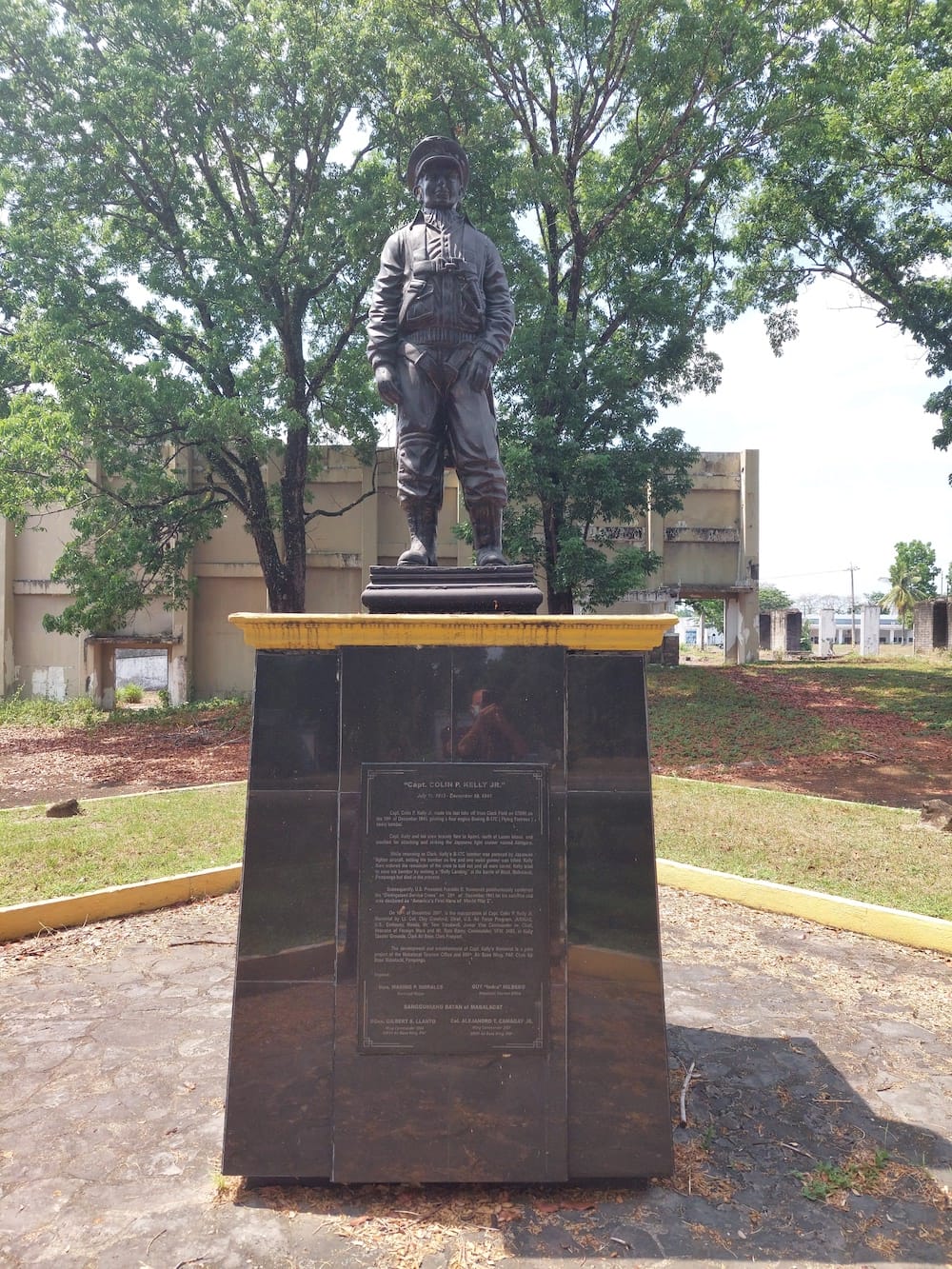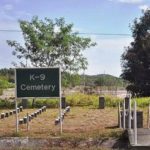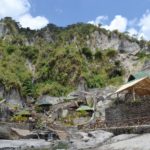This is a statue made in honour of a World War II B-17 Flying Fortress pilot who flew bombing runs against the Japanese navy in the first days after the Pearl Harbor attack.
Heroism
On December 10, 1941 (December 9 in the United States), a single B-17C Flying Fortress heavy bomber, #40-2045, departed from Clark Field Philippines, alone and without escort, to search for an enemy aircraft carrier which had been reported near the coastal city of Aparri, at the northern end of the island. The aircraft was under the command of Captain Colin P. Kelly, Jr., Air Corps, United States Army, of the 14th Bombardment Squadron, 19th Bombardment Group. Kelly’s Flying Fortress had not been fully fueled or armed because of an impending Japanese air raid. It carried only three 600-pound (272 kilogram) demolition bombs in its bomb bay. While enroute to their assigned target area, Captain Kelly and his crew sighted a Japanese amphibious assault task force north of Aparri, including what they believed was a Fusō-class battleship. The crew was unable to locate the reported aircraft carrier and Kelly decided to return to attack the ships that they had seen earlier.
Kelly made two passes at 20,000 feet (6,096 meters) while the bombardier, Sergeant Meyer Levin, set up for a precise drop. On the third run, Sergeant Meyer released the three bombs in trail and bracketed the IJN light cruiser Natori. It and an escorting destroyer, IJN Harukaze, were damaged during the attack:
…The battleship [actually, the light cruiser IJN Natori] was seen about 4 miles offshore and moving slowly parallel with the coastline… A quartering approach to the longitudinal axis of the ship was being flown. The three bombs were released in train as rapidly as the bombardier could get them away. The first bomb struck about 50 yards short, the next alongside, and the third squarely amidship… A great cloud of smoke arose from the point of impact. The forward length of the ship was about 10 degrees off center to portside. The battleship began weaving from side to side and headed toward shore. Large trails of oil followed in its wake…
Narrative
On its return flight, the bomber was then engaged by the Tainan Air Group A6Ms which had been patrolling over Vigan. They attacked it, followed it, and attacked again. Captain Kelly ordered his crew to bail out and though the fire had spread to the flight deck, Kelly remained at the bomber’s controls while he tried to keep the plane straight and level. Staff Sergeant James E. Halkyard, Private First Class Willard L. Money, and Private Robert E. Altman were able to escape from the rear of the B-17. The navigator, Second Lieutenant Joe M. Bean, and the bombardier, Sergeant Levin, went out through the nose escape hatch. As co-pilot Lieutenant Donald Robins tried to open the cockpit’s upper escape hatch, the Flying Fortress exploded. Robins was thrown clear and was able to open his parachute. Boeing B-17C 40-2045 crashed approximately three miles (4.8 kilometers) east of Clark Field. The bodies of Captain Kelly and Technical Sergeant William J. Delehanty were found at the crash site.
The wreckage was found along a rural road two miles west of Mount Aryat (Mount Aryat is about 5 miles east of Clark Field). The tail assembly was missing. Parts … were scattered over an area of 500 yards. The right wing with two engines still in place remained almost intact although it was burning when the search party arrived. The fuselage and left side of the plane were badly wrecked and burned. T/Sgt Delehanty’s body was lying about 50 yards north of the wreckage. Capt Kelly’s body … was found very near the wreckage with his parachute unopened….
Narrative
The attacking planes did not see this, and initially were credited only with a probable “kill”, shared jointly by Toyoda, Yamagami, Kikuchi, Nozawa, and Izumi. Saburō Sakai, who has often been credited with destroying this aircraft, was indeed a flight (諸隊 (shotai)) leader engaged in this fight with the bomber, but he and his two wingmen do not appear to have been given official credit for its dispatch.
Early reports misidentified ship attacked as the Japanese heavy cruiser Ashigara, which was present, or as the battleship Haruna, which was not. While initial reports incorrectly stated that the ship was sunk, it was hit but did not sink, although Kelly’s crew did report major damage was inflicted.
Honors
Amongst others, Kelly was posthumously awarded the Distinguished Service Cross For “extraordinary heroism” and “selfless bravery”. Kelly had earlier in peace time also been awarded the Distinguished Flying Cross.
Location
The memorial is located past two Japanese war shrines. The life size statue of US Air force Capt. Colin Kelly Jr. is on the grounds of a former theatre and cafeteria complex (Kelly Theatre) that was named after him.





